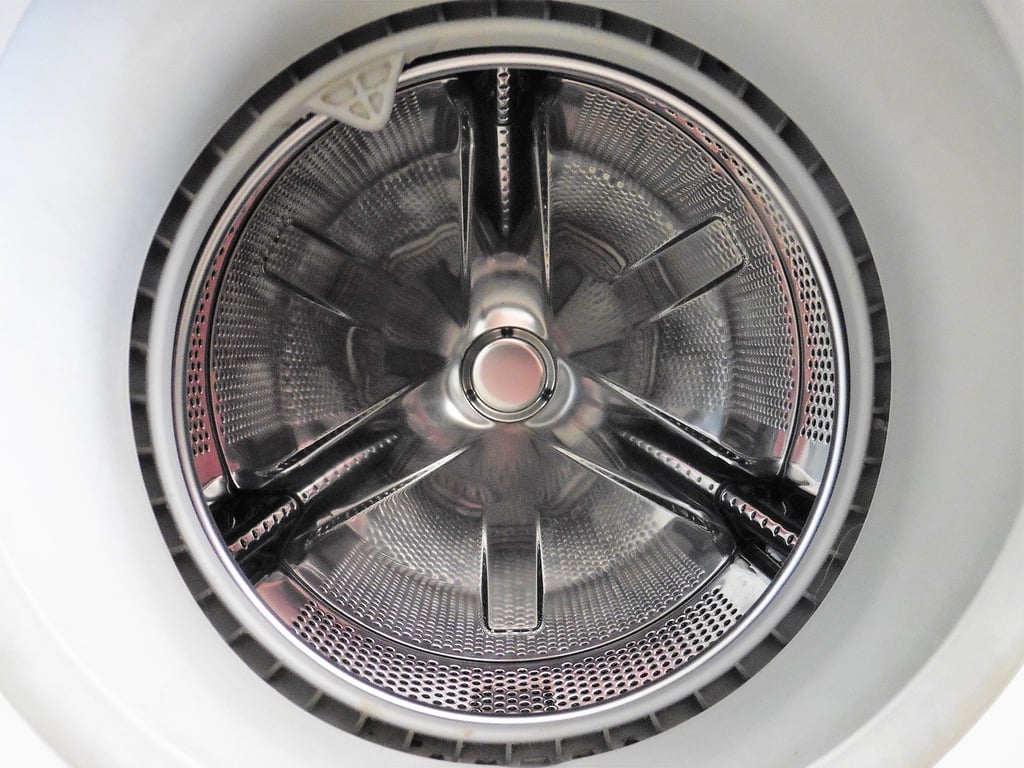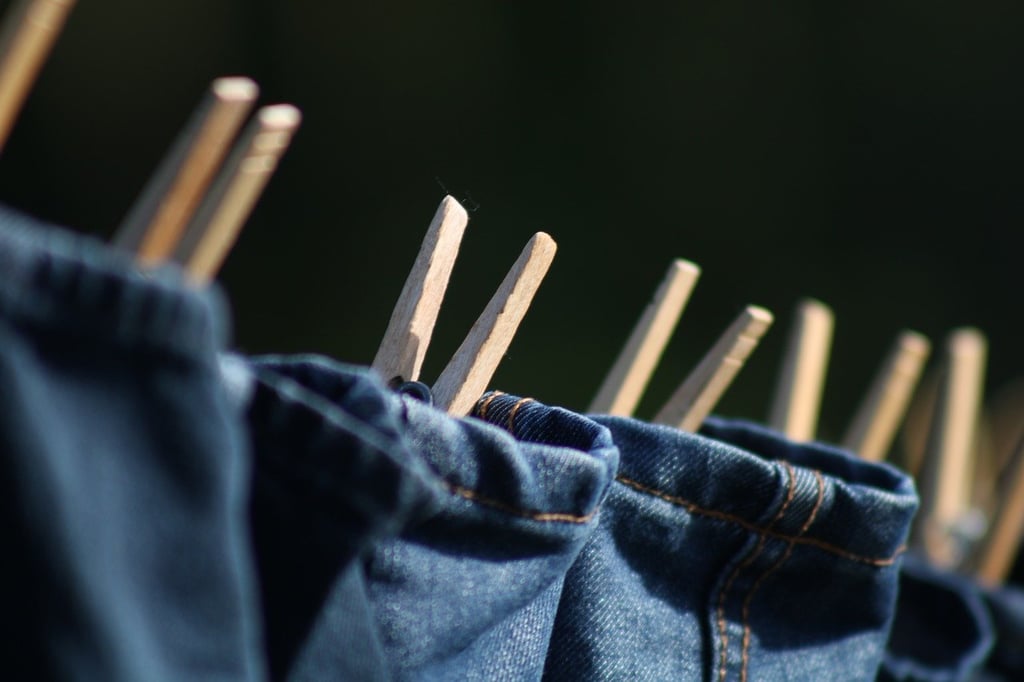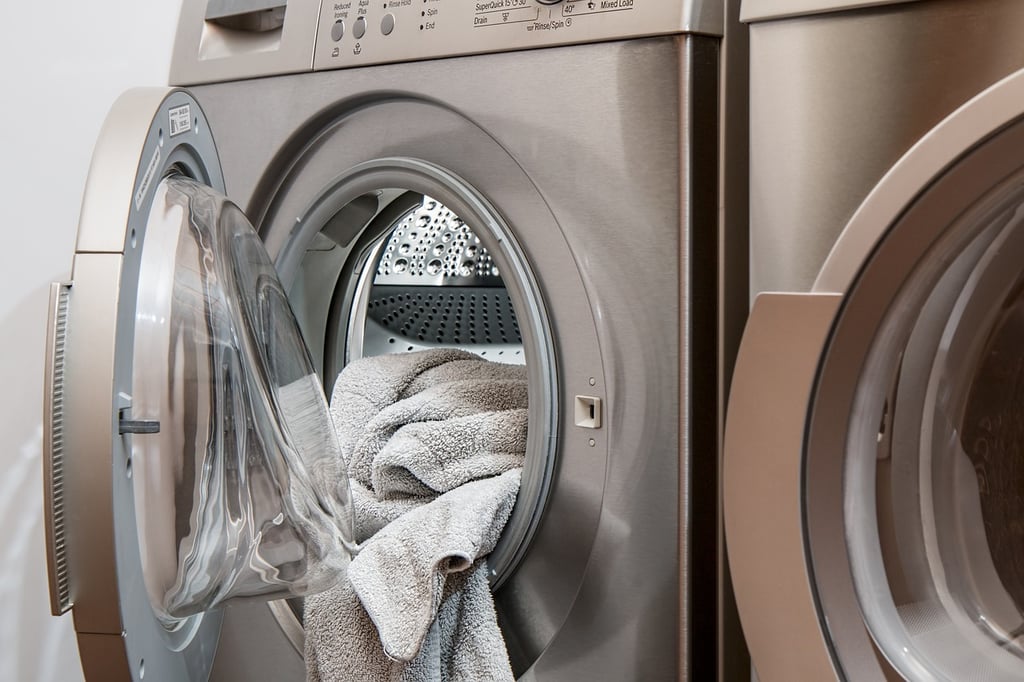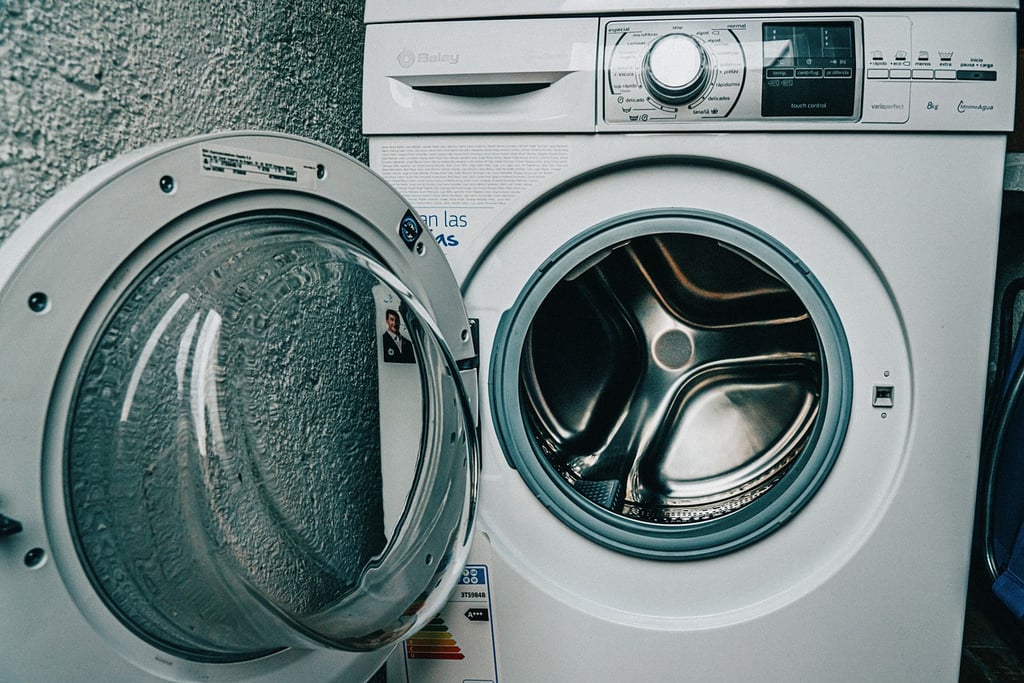Machine wash separately is a common instruction found on clothing labels, especially on garments made from delicate fabrics or those with vibrant colors. This article aims to provide a comprehensive understanding of what machine wash separately means and why it is important to follow this instruction.

Why Does It Matter?
Machine wash separately is a crucial instruction for maintaining the quality and appearance of your clothes. When you mix different types of fabrics or colors together in a single wash cycle, there is a higher risk of color bleeding, fabric damage, and overall deterioration of the garments.
There are several reasons why it is important to machine wash certain items separately:
- 1. Color bleeding: Some fabrics are prone to bleeding color when they come into contact with water. Washing such items separately prevents color transfer to other clothes, preserving their original colors and preventing unwanted staining.
- 2. Fabric damage: Different fabrics have varied washing requirements. Washing delicate fabrics, like silk or lace, with heavier fabrics, such as denim or towels, can lead to damage. By washing items separately, you can ensure that each fabric receives the appropriate care, preventing tears, snags, or stretching.
- 3. Pilling: Certain fabrics, like wool or fleece, tend to produce lint or small balls of fibers called pills. Washing these fabrics separately prevents lint transfer to other clothes, reducing the chances of pills forming on other garments.
- 4. Special treatment: Some items require special treatment, such as hand washing or delicate cycles. Washing them separately ensures they receive the proper care without being subjected to harsher cycles or rougher fabrics.
- 5. Hygiene concerns: Certain items, like underwear or towels, may carry more germs or bacteria. Washing them separately helps maintain proper hygiene and prevents the spread of bacteria to other garments.
- 6. Size and weight differences: Washing heavy items, such as blankets or jackets, with lighter ones can cause an imbalance in the washing machine, leading to improper cleaning or potential damage. Separating items based on size and weight ensures a more effective and safe washing process.
Overall, machine washing items separately helps maintain their quality, preserve their appearance, and prevent any potential damage or contamination to other garments.

Preventing Color Bleeding
One of the primary reasons for machine washing clothes separately is to prevent color bleeding. Certain fabrics, especially those with vibrant or dark colors, may release dye during the washing process. If these garments are washed together with lighter-colored or white items, the dye may transfer and cause staining. By washing them separately, you can minimize the risk of color bleeding and keep your clothes looking fresh and vibrant.
Preserving Fabric Quality
Machine wash separately also helps in preserving the quality of different fabrics. Fabrics like silk, wool, or lace are delicate and require special care. When washed with heavier fabrics or those with zippers or buttons, they may get tangled or snagged, leading to damage. By washing them separately, you can ensure that these delicate fabrics receive the gentle treatment they need, prolonging their lifespan and maintaining their integrity.
Preventing Fabric Pilling
Another benefit of machine washing clothes separately is the prevention of fabric pilling. Pilling refers to the formation of small balls of fiber on the fabric's surface, giving it a worn-out appearance. Fabrics prone to pilling, such as acrylic or polyester, can rub against other fabrics during the washing process, causing friction and pilling. By washing them separately, you can minimize the chances of this friction and keep your clothes looking smooth and new.

Sorting Clothes for Optimal Washing
Machine wash separately also allows you to sort your clothes based on their washing requirements. Some garments may require specific washing settings, such as delicate or gentle cycles, while others can withstand regular or heavy-duty cycles. By washing clothes separately, you can ensure that each garment receives the appropriate treatment, leading to better cleaning results and prolonging their longevity.
Here's a step-by-step guide on how to sort and wash clothes separately:
Read the care labels
Carefully read the care labels on your clothing items. These labels provide instructions on how to wash and care for each garment. Pay attention to the recommended water temperature, handwashing or machine washing instructions, and any specific warnings or restrictions.
Sort by color
Start by separating your clothes into different color categories such as whites, lights, and darks. This helps prevent color bleeding and keeps your clothes looking fresh. Sort any heavily soiled or stained items separately.
- Whites: This category includes white clothing, underwear, socks, and linens. Wash them together to prevent discoloration.
- Lights: These are pastel or light-colored clothing items. Wash them together to avoid any potential color transfer.
- Darks: This category consists of dark-colored clothing, denim, and other deep-colored items. Washing them separately helps prevent color fading and staining.
Sort by fabric type
Once you've sorted your clothes by color, consider sorting them by fabric type. This helps protect delicate fabrics and prevents damage.
Delicates
- Include delicate items like silk, lace, lingerie, and lightweight fabrics. Handwashing or using the delicate cycle on your washing machine is recommended for these items.
- Regular fabrics: This category includes most everyday clothing items made from cotton, polyester, or blends. These can be washed together using a normal or appropriate setting on your washing machine.
Pre-treat stains
Before washing, treat any visible stains or spots on your clothes. You can use stain remover sprays, liquid detergents, or natural remedies like lemon juice or baking soda. Follow the instructions on the product label or research the appropriate stain removal method for each type of stain.
Choose the right detergent
Select a suitable detergent based on the fabric type, color, and level of dirtiness. Use a gentle detergent for delicate fabrics, and consider using color-safe or bleach-free options for colored clothing.
Wash in appropriate water temperature
Refer to the care labels to determine the recommended water temperature for each clothing item. Hot water is best for whites and heavily soiled items, while cold or warm water is suitable for most regular fabrics and colors.
Use appropriate washing cycles
Set your washing machine to the appropriate cycle based on the fabric type and level of dirtiness. Delicates should be washed using a gentle or hand wash cycle, while regular fabrics can be washed using a normal or appropriate setting.
Dry accordingly
After washing, check the care labels to determine the appropriate drying method for each clothing item. Some fabrics may require air drying, while others can be tumble dried on low or medium heat. Hanging clothes to dry can help prevent shrinkage and maintain their shape.
By following these steps, you can effectively sort and wash your clothes separately, ensuring that they stay in good condition and last longer.

Conclusion
Understanding the meaning of machine wash separately is crucial for maintaining the quality and appearance of your clothes. By preventing color bleeding, preserving fabric quality, preventing fabric pilling, and sorting clothes for optimal washing, you can ensure that your garments stay in excellent condition for longer. Always remember to read and follow the care instructions on clothing labels to enjoy your clothes for years to come.

